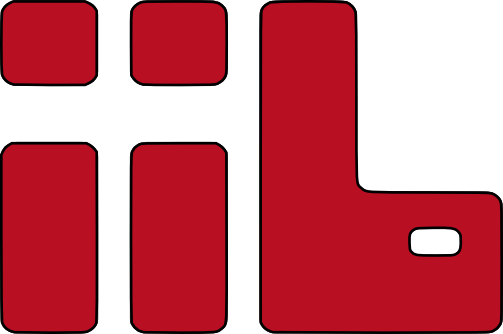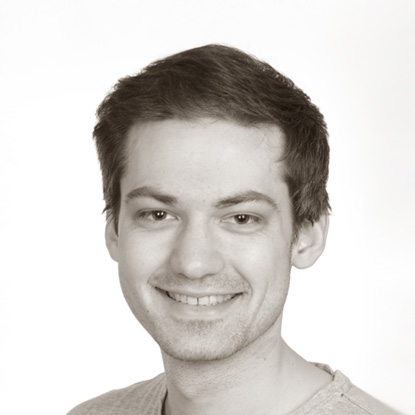Welzel, Markus: Untersuchungen zur digitalen Transformation von Sportübungen mittels Trackingtechnologie
Bachelor thesis
Investigations into the digital transformation of sports exercises using tracking technology
Augmented and mixed reality are visual interactions with the environment. Their influence in today’s society continues to increase based on developments in the computer game, automotive and advertising industries. In the field of sports many fitness apps exist, allowing the user to track and control their nutrition and training. This line of business continues to grow in popularity. It focuses, however, mainly on tracking data that are transmitted via fitness wristbands and are used for the preparation of training schedules. A new approach in this field is to track the training only by means of a camera and evaluate performed exercises based on algorithms in real time. The present work deals with the possible implementation of such technologies.
In order to determine the requirements, research regarding existing technologies that may be used or developed further, is needed. Further, an analysis of the free squat, one of the most complex and at the same time frequently performed exercise, is carried out and frequent fault patterns are highlighted. It is possible to set the respective parameters in such a way that it can distinguish a correct from a wrong squat. The PoseEstimation, such as Open Pose or PoseNet, estimate the position of a body in a twodimensional image or video based on an artificial neural network capable of image recognition, has still difficulties in correctly identifying all joints. If this technology can be improved in the future, it will play a key role in evaluating and correcting the execution of sports exercises. An alternative way to control executions is to train a convolutional neural network, a network that specializes in image recognition, on the technically correct squat execution.
In order to enable a successful implementation an appropriate technological foundation, such as artificial neural networks and the required configuration, is needed. The result of this work is the development of a prototype of such a network. It was trained and tested to evaluate the correct execution of the different phases of a squat based on two error patterns from the data set and provides the findings directly in a video.



